BLADE: It is a curved blade, of flat section with two cutting edges which constitute small narrow faces.
The two main faces are decorated with a "false damascus" engraved with etching. It is in perfect condition, which is logical since it is a votive weapon and not a dagger intended for combat.
HANDLE: It is made of bone carved on each side. We find a representation of Ali, (Ali Bin Ali Talib), son-in-law and first cousin of Muhammad, 4th caliph of Islam and 1st caliph for the Shi'ites. (“I am the key to knowledge, Ali is the door” the Prophet is said to have said).
Around his head are depicted birds, which according to the Koran (27/22) would have served as messengers to certain prophets, including King Solomon.
Under Ali's feet, we find a doe which is a symbol of good news, or reward for duty accomplished in the Shi'ite tradition.
At the top of the handle is a representation of a bird, which could be the Hoopoe gone to inquire (Coran 27/20)
SCABBARD: It is made up of two halves of bones joined together, which are abundantly decorated with religious motifs.
On the exterior face, after religious inscriptions, representation of Hussein and Hassan, the two sons of Ali, (and therefore grandsons of the Prophet), who were both Martyrs and Imams ("Hassan and Hussein are the leaders of the youth of the paradise" says tradition).
Votive inscriptions that I do not know how to read...
On the internal side, religious inscriptions, Representation of Ali brandishing his battle axe, the double Tabarzin, then votive inscriptions and two birds in a medallion.
This weapon is therefore a votive khandjar, loaded with strong religious symbolism in the Shi'ite tradition. It has its place in a collection of oriental weapons, or in a collection dedicated to the arts of Islam
. Ref B-2450
Shipping costs France €30, Europe €40



























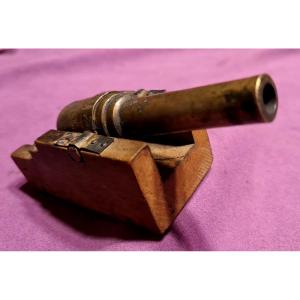
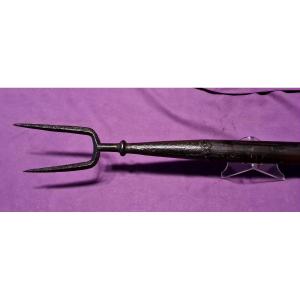

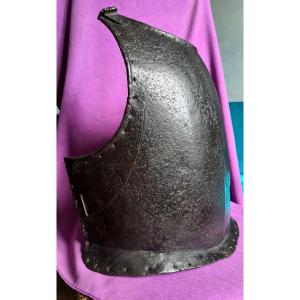

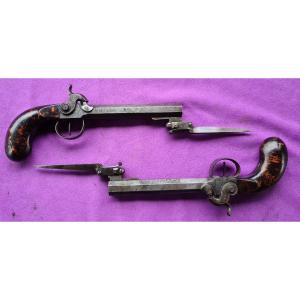
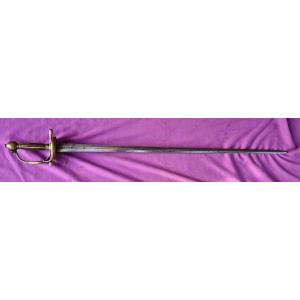

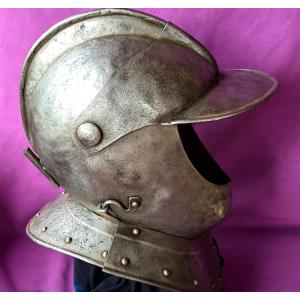
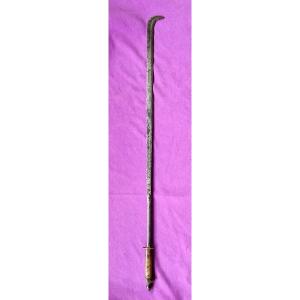
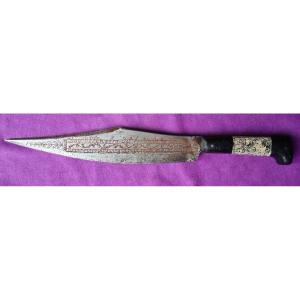
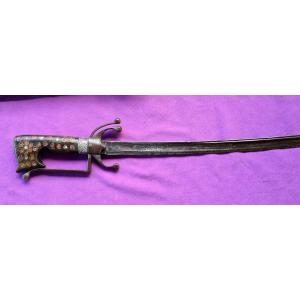

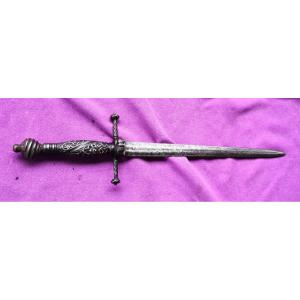
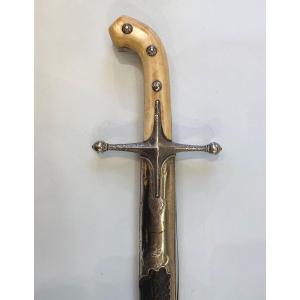


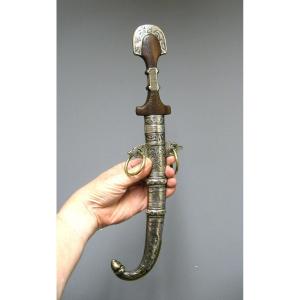
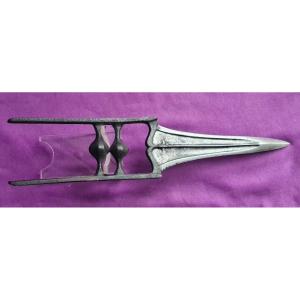



 Le Magazine de PROANTIC
Le Magazine de PROANTIC TRÉSORS Magazine
TRÉSORS Magazine Rivista Artiquariato
Rivista Artiquariato